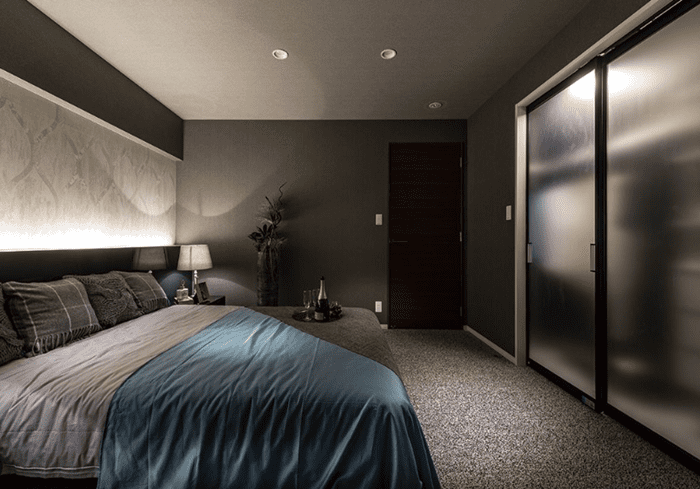
Massage 캣알바 parlors have developed in South Korea and Japan’s largest cities in recent years. Korean massage parlors, called “chamber salons,” provide everything from basic massages to private appointments. “Massage parlor” is rarer in Korea than “chamber salon.” Due to claims of criminal activity by certain Korean corporations, the business sector has been under heightened scrutiny and criticism.
Japan’s strict laws ban massage parlors. US massage is generally uncontrolled. Japanese massage parlors provide better benefits including paid time off and health insurance. Despite these differences, massage companies in all three countries are expanding and attracting residents and tourists.
Korea’s massage therapists’ salaries vary widely. Korea has severe massage service rivalry. Korean massage therapists make 30,000 Korean Won (approximately $26 USD) per hour. Depending on expertise and area, this remuneration may vary. Instead of an hourly income, massage therapists may get a fixed charge depending on each session’s cost.
Korean massage clinics often underrepresent massage therapists with medical coverage or vacation pay. Corporate culture does this.
Korean massage parlor employees get poor wages due to many factors. Most Korean massage parlors are one-man operations or very modest businesses. This means they can’t match larger enterprises’ pay and benefits packages. Larger companies have greater resources. The employment market has numerous competent massage therapists due to high demand. Two issues arise.
Due to labor market rivalry, workers are accepting lower wages for work. Finally, in the absence of law, firms might exploit workers by paying them less than the minimum wage or without providing benefits. Businesses may use employees like this due of industry supervision.
Japanese and Korean massage therapists earn quite differently. Japanese massage therapists earn far more than Korean ones. Japanese massage parlors pay around 3,000 yen per hour, or $27 USD. Industry-standard hourly pay. This is far more than Korea’s typical massage therapist hourly pay of 20,000–30,000 won ($17–$22 USD).
Most Japanese massage establishments provide health insurance and vacation time. Most Korean massage parlors don’t provide extras. Japanese and Korean massage parlors’ salary and benefit differences contribute to the vast discrepancy between their massage industries.

Massage parlors in Japan provide significant benefits packages. Because Japan has always offered such incentives. Health insurance, retirement programs, and paid vacation and sick time are examples of such incentives. Most Japanese massage parlors provide in-house training and advancement. They also have strict employee protection regulations. They may limit work hours or demand annual medical exams.
Massage parlor workers benefit financially from such incentives and are more satisfied and loyal to their employers.
Japanese and Korean massage therapists operate differently. Due to a lack of regulation, Korean massage workers sometimes work without breaks or wages. This problem affects all Koreans. Customers may also report sexual harassment or other staff maltreatment in any way they want. The customer decides when and how to implement. Japanese massage therapists have it nice in licensed enterprises due to government oversight.
Health insurance, retirement money, and paid time off are popular benefits. The law protects women from sexual harassment and gives them weekly leave. Korean massage parlors had better working circumstances than Japanese ones, indicating the necessity for massage industry regulation and protection.
Japanese massage parlors provide better pay and perks than Korean ones. Several things are happening. Japanese value personal time. This has increased Japanese massage demand. Japanese culture also considers massage a medicinal therapy. Japanese massage parlors might charge more due to rising demand. Thus, the company is more lucrative and may enhance wages and perks. Company growth has resulted.
Japan pays employees better than Korea. Finally, Japanese massage parlors care about their employees’ mental and physical wellness. The organization offers educational and professional development materials to attain this goal. Employees that care more about the company’s aims will go above and beyond for customers.
Korean massage parlor workers face several challenges to improving earnings and working conditions for themselves and their colleagues. Workers struggle without legal protections and acknowledgment. They must overcome this tremendous obstacle. Massage therapists may struggle to promote their profession since many massage parlors are unregulated or disguised. Employees may find it difficult to criticize the corporation or seek help from foreign groups due to Korea’s cultural stigma.
In addition to the company’s poor working conditions and rampant abuse, undocumented migrant workers are a big problem. Korean massage parlor workers can’t improve their pay and working conditions without campaigning and aid from workers’ rights groups.
Finally, the huge salary and benefit difference between Korean and Japanese massage parlors highlights the urgent need for Korean massage industry reform. Japanese massage therapists make far more than Korean ones. Korean massage therapists and their customers suffer from their inability to support their families on poor earnings and no benefits. To attract and maintain skilled, licensed massage therapists who can deliver exceptional service, massage firms should provide attractive salaries and benefits. Sales will rise as satisfied customers tell others.
The government must fix these issues and improve massage therapists’ working conditions to keep Korea prosperous. Thus, Korea’s massage therapy business will grow in a way that benefits people and the environment.
